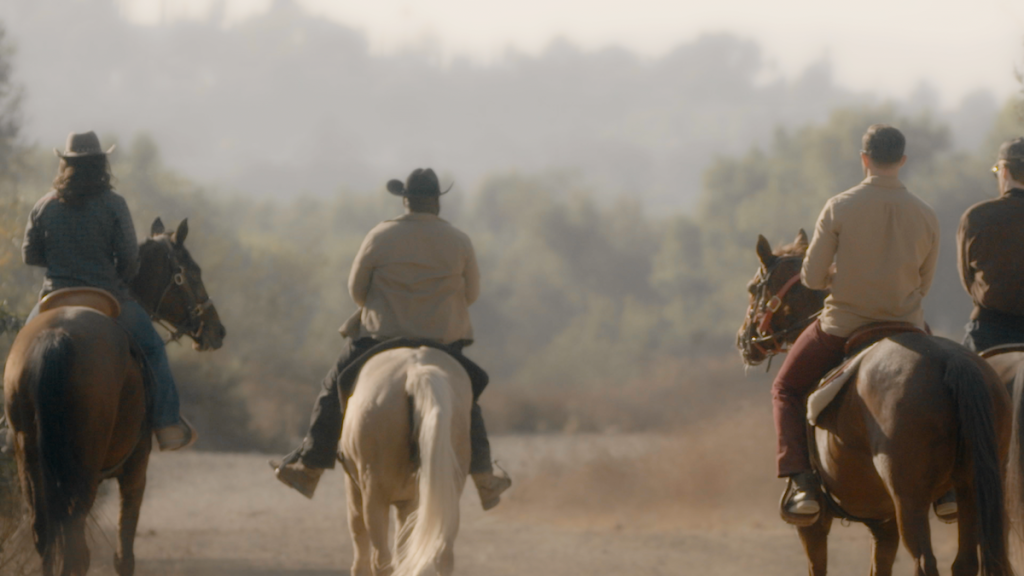
Andre Andrews is a Navy veteran who served on a mine countermeasures (minesweeper) ship stationed in Bahrain. The mission could produce sleepless nights and Andre remembers going to bed worrying about, “being blown up by a mine.”
His experience in the Navy informed his recognition that he was serving a mission greater than himself. Coupled with his civilian experiences, this became the springboard for giving back to his fellow veterans and community. First, he had to overcome some hurdles.
Andrews left the Navy in 2005 and sought new experiences. He moved to California, even though he had no contacts and no resources. Unfortunately, he was not financially prepared for the transition from military to civilian life.
The Navy didn’t teach him about finances and he discovered that income isn’t guaranteed in the civilian world. Andrews couldn’t find an apartment. To save money, he took a full-time job and lived in his car.
After many months, Andre used his Montgomery GI Bill to attend Film School. He found the American Legion around this same time. That changed his life.
Through the American Legion, Andrews met many World War II and Korean War veterans. They inspired him and helped him see how America is greater than his military experience. This is when he founded Warriors Road.
Warriors Road is a nonprofit organization that provides equine therapy to veterans and first responders. Equine therapy offers a range of treatments using horses to promote physical and mental health. Andrews says the horses help participants heal, just as the American Legion helped him heal.
“It doesn’t matter how hard it is for you or how many hurdles you think you went through, you can still get over it. You can still make it happen,” says Andrews. Warriors Road was established to help make that happen for veterans and first responders.
Warriors Road is a natural extension of Andrews’ life experiences. His love for horses comes from his father and grandfather, both of whom were horsemen. Horses provide an outlet for healing, something that was difficult for Andrews to find when he transitioned out of the military.
Andrews leveraged his experiences – during and after military life – to give something back. And the first step of his journey was taking advantage of the GI Bill.
Since 1944, the GI Bill has helped provide veterans and their families the financial assistance they need to cover some or all of the cost of education. And it can be used for more than college. Examples include:
Vocational or Technical Training
In addition to community college and four-year degrees programs, the GI Bill can be used for vocational training to become a chef, graphic designer, computer technician, or network administrator (among others).
1) Non-college Degree Programs
Training to become a truck driver, emergency medical technician (EMT), or barber are included in the GI Bill. The amount of money available depends on the program and the type of school attended.
2) On-The-Job Training and Apprenticeship Programs
The GI Bill also covers the cost of the first six months of housing for veterans in an approved on-the-job training or apprenticeship program. Benefits are reduced on a sliding scale after the first six months. Restrictions apply.
3) National Testing Programs
These include the SAT, CLEP, AP, and LSAT. The GI Bill will reimburse cost of approved national tests. This includes registration fees, fees for specialized tests, and administrative fees. There is no limit on how many times you can take a given test. Other tests required for certification and recertification are also covered.
4) Tutoring
When necessary, tutoring required to complete an approved program may also be covered under the GI Bill.
5) Flight Training
Benefits can also be used for flight training. Reimbursement may vary based on which GI Bill (Post-9/11 or Montgomery) benefits are used and what type of flight training sought.
For more information and useful financial tools visit Victory Capital.
This article originally appeared on Victory Capital. Follow @VCMtweets on Twitter.


